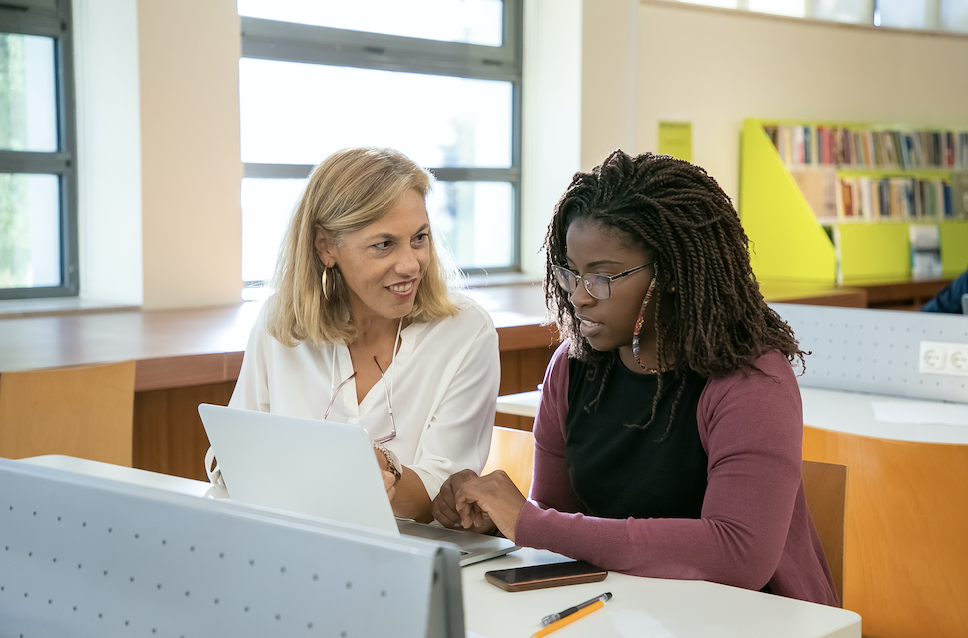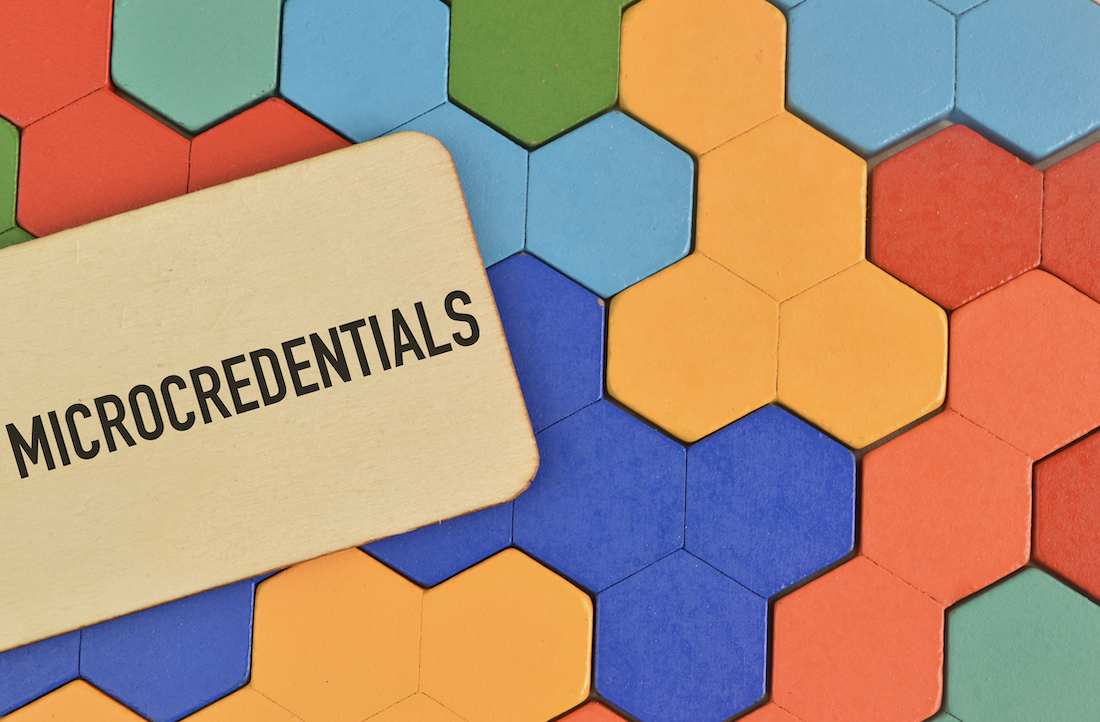It takes a lot to become a certified teacher in New York State.
Anyone who has gone through the process knows that it takes years of study and commitment to completing a multitude of requirements. Teachers begin with a bachelor’s degree, continue with a master’s degree, and work towards state certification. This process includes exams, the EdTPA (a complex set of tasks that make up a portfolio), student teaching, and many licensing workshops.
From there, teachers work towards professional certification by teaching for three years and participating in mentorship for at least one year. Theseare the credentials of a professionallycertified teacher. From here, many teachers seek specialized certifications on top of their degrees, tacking another year or more of study onto their professional learning.
That’s a lot.
So what happens afterwards?
First, teachers continue to show up to their classrooms every day – ready to teach.
Second, after these years of intensive study and work, during which the teacher is truly the engine behind his own professional learning, responsibility for growth is all turned over, almost completely and overnight, to the district where he works.
Doesn’t that seem odd?
Another Option for Teachers: Microcredentials
Shouldn’t there be an opportunity for professional learning in between the very intensive, formal years of study and the (let’s face it) usually lackluster district-run programming?
It’s not as if a teacher enters the classroom in year one, year four, or even year ten with all of the answers. Challenges and growth opportunities present themselves anew all the time – just think about what “pandemic teaching” has meant for teachers if you need an example.
In recent years, microcredentials have emerged in the education field as this “in between” opportunity for flexible, personalized professional learning. The micro- prefix says: “Here’s a small, easy way to keep learning and to add to your credentials!”
What is a Microcredential?
A microcredential is a digital document, usually called a badge, that represents a teacher’s mastery of a certain pedagogical skill. If it helps to think about it visually, imagine that in your classroom, you were to dedicate a wall to displaying your professional learning to administrators, parents, students, colleagues, and most importantly – yourself. Imagine the wall with your framed diplomas and state certification at the top, and rows of badges underneath, each one showcasing your excellence and expertise.
Microcredentials are emerging as a solution to the challenge of quality professional development because with them, organizations with a proven ability to coach teachers have been able to step in to help districts create the professional knowledge and skills that are most needed.
Successful completion of a microcredential depends on successful demonstration of proficiency in the given skill. So, by design, any program built around this style of professional development will leave the “sit-and-get”, one-size-fits-all approach behind and replace it with active learning for teachers. You gain mastery along the way, giving you agency to tackle new (or stubborn, old) challenges in your classroom and turn them into highlights of your teaching repertoire.
Different Ways to Achieve a Microcredential
You can earn a microcredential independently of your school and then present it to
your administration. Or, if your school were to partner with an organization that
offers microcredentials, like Stony Brook University, there are varied, interesting
ways you can achieve them within your school. Here are some ways you can approach earning a microcredential:IndependentlyIf there’s a skill that you know you want to work on, but your school just won’t give
you the tools to do the work, you can pursue a microcredential. You could also do
this with colleagues, creating a professional learning community outside of your organization.Within your District’s Professional Development ProgramIdeally, your district would be able to provide the tools to help you grow as an educator. But, traditionally,
developing a professional learning curriculum falls to administrators or human resource
professionals who are seriously pressed for time. A given year can have one or two
fruitful sessions, but more than not, PD has a reputation for stressing teachers out
without providing the support they need. Schools can do better than that!
If your district were to partner with an organization that provides microcredentials,
like CTLC, PD could take many forms throughout the year and could lead to real, sustained
development (and earning badges):
Ongoing Professional Learning Community (PLCs)Administrators can define areas of growth for the year reflected in the microcredential offerings, Then, they can either set groupings by need based on prior evaluations or invite teachers to choose based on interest and self-evaluation. PD is then set for weeks or months with an organically created group of professionals collaborating to master a specific skill through a supportive module, all culminating towards earning a microcredential in that specific area of growth.Within a Mentorship ProgramSimilar to a district’s PD program, a mentorship program can enrich both mentors’ and mentees’ experience throughout the year – or can start to drag them down. By implementing microcredentials into a mentorship program, the mentor-mentee pairing, or a larger PLC made up of pairings, can collaborate to work towards earning a microcredential. In this scenario, the veteran teacher gets to mentor the new teacher through hands-on, experiential learning and ends up with a microcredential. The new teacher learns so much more than in a “bucket” model of mentorship (and also ends up with a badge!).In Partnership with an Instructional Coach or ConsultantMany schools have instructional leads, coaches, or consultants who help teachers write and refine curricula and observe lessons to provide goals and feedback. In a school, this person is generally a teacher’s best bet at supportive development. So why not embed structured professional learning to the work that’s already happening? If the coach defines an area of growth early in the school year, and a microcredential opportunity is paired with that area, the coach and teacher could work together throughout the year towards mastery of that skill. The teacher receives supportive, specific feedback and the “how” of improvement (which is notoriously hard to get) and the coach gets an easy structure to follow to support teachers.

Teachers Deserve Joy in PD
Talk of pedagogical learning can start to sound esoteric, but of course, any decisions made by districts have real-time, daily effects on the professional lives of teachers. Having support in a particular area of challenge can help alleviate the ever-present burden of stress educators carry. Real, structured, funded help goes far.
Being a teacher is first and foremost about serving students with respect and a quality education, but being a professional, working adult is also about gaining expertise, striving for excellence, and feeling confident, competent, and joyful along the way.
It’s those feelings that keep people in the job they're in – and teachers deserve district-funded, proven pathways to get there.

